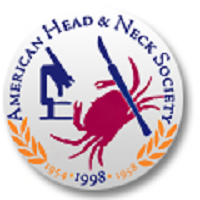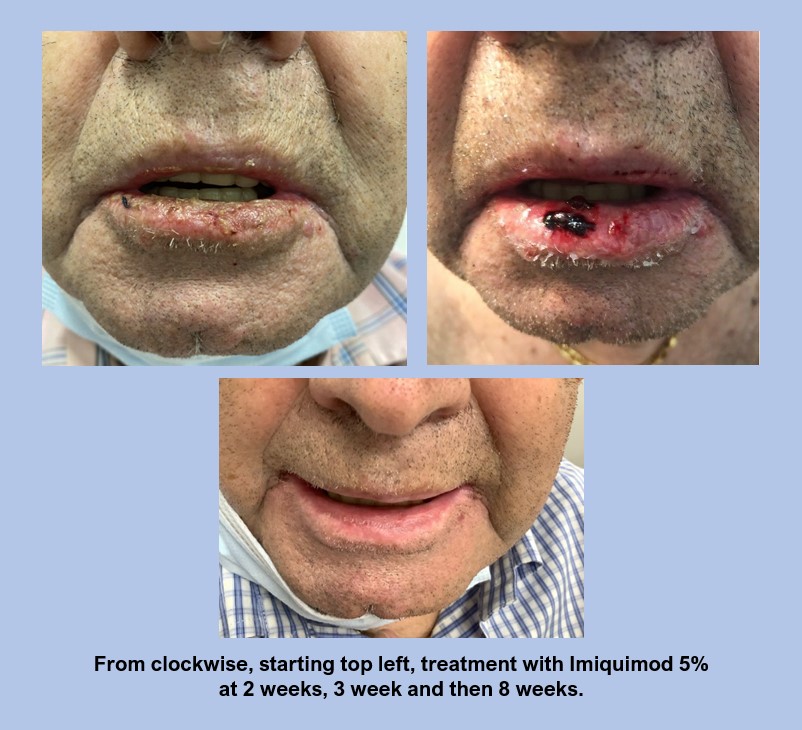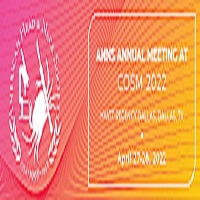AHNS Global Webinar Bridging Continental Divides: Challenges and Opportunities in Head Neck Oncology Practice in Low Resource Settings
Greetings, On behalf of the AHNS Global Outreach Service we are pleased to invite you to a free Global Webinar. Bridging Continental Divides: Challenges and Opportunities in Head Neck Oncology Practice in Low Resource Settings. Saturday, April 23, 2022 12:00pm Eastern/11:00am Central/10:00am Mountain/9:00am Pacific This content is intended only for healthcare providers and was made possible …



